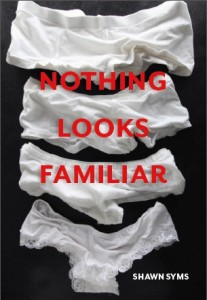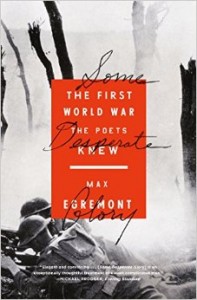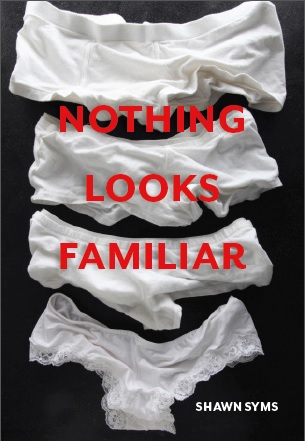 Fantasies and Hard Knocks: My Life as a Printer
Fantasies and Hard Knocks: My Life as a Printer
by Richard-Gabriel Rummonds
Ex Ophidia Press. 813 pages, $45.
This exhaustive memoir by the “first openly gay American hand press printer” is, not surprisingly, a beautifully designed if somewhat self-indulgent tribute to the 42 works that Rummonds published with his Plain Wrapper Press and Ex Ophidia Press, mostly between 1966 and 1988. Because of the book’s format, there’s a bit of repetition, with a tribute to each of his printed works interspersed with stories and anecdotes from his very eventful life (he’s now over eighty) and with several dozen recipes. There’s also a generous supply of charming photographs of friends, family, and hand presses. The oldest of four boys, born and raised in California, Rummonds kept extensive notes about his life from his earliest years, when his interest in printing began—along with his interest in sex with men. After being kicked out of college for perpetrating a literary hoax, he had a successful career as a set and costume designer at regional theaters, fell in with the San Francisco Beats, purchased his first printing press, and went to Quito, Ecuador, where—between affairs—he decided to become a Trappist monk (in Argentina). He eventually changed his mind, and off he went to Rome, Verona, and New York—in breathless, episodic paragraphs. Descriptions of boyfriends, books designed for famous writers, technical difficulties with presses, and financial matters all vie for prominence. Rummonds ended his printing career in Europe and returned to the U.S. to found and direct an MFA program at the University of Alabama.
Martha E. Stone
 Nothing Looks Familiar
Nothing Looks Familiar
by Shawn Syms
Arsenal Pulp Press. 184 pages, $15.95
In eleven short stories, author Shawn Syms offers glimpses of slice-of-life incidents that may or may not change a character’s outlook. For instance, in the first story, “On the Line,” a woman named Wanda would rather work anywhere than in the slaughterhouse—but a job’s a job. She does have standards, however: she won’t sleep with someone from the kill floor, though she’ll happily take lovers from anywhere else. She believes she’s being discreet until she sleeps with a man whose wife is a co-worker. The story ends abruptly, as do almost all within the covers. In “Four Pills,” a young man who’d “never been good at keeping friends” meets someone who, curiously, wants to hang out. They never really make plans; their nights are filled with spontaneous mayhem; but when one of them scores drugs, we’re left with an unsettling ending that fills the imagination and begs the question: what next? Reading this collection is a little like watching half a horror movie or getting wrapped up in an eavesdropped drama on the bus just before the riders get off. We can easily picture many possible outcomes, some of which could be ugly. To be sure, these brief stories will make you squirm. And yet, the characters in these stories aren’t particularly likeable, so we may even feel a bit of satisfaction when things don’t go well for them. But outcomes are never tied up into a neat package. These are stories that will continue to tap you on the shoulder days after you’ve finished the book.
Terri Schlichenmeyer
Some Desperate Glory: The First World War the Poets  Knew
Knew
by Max Egremont
Farrar, Straus & Giroux. 352 pages, $16.
Coinciding with the centennial celebrations of World War I, this collection features eleven of the major English poets of the period, including some of the best known, such as Wilfred Owen and Siegfried Sassoon, and some lesser-known poets, such as Edward Thomas and Edmund Blunden. Rather than assemble a simple “best of” collection, editor Max Egremont—who offers a thoughtful essay about each writer—has focused on highly graphic poems that tell the war story through the poets’ own eyes. Many were from privileged backgrounds, and the images they had of war were idealized notions based on classical examples, which quickly darkened when met with the brutal realities of the war. Egremont covers the war year-by-year and details not only the military and political events, but also tracks the movements of the poets themselves. What’s intriguing about this study is how many of its subjects were gay, or had at least some sort of homosexual experience. These include Owen, Sassoon, Robert Graves, and Rupert Brooke. Egremont’s essays explore how shifting perceptions and tastes over time have variously elevated and lowered appraisals of figures such as Brooke and Owen. For example, Owen has come to be viewed as the most modern of the bunch. It’s also interesting to reflect on how non-combatants like Eliot, Joyce, and Pound moved in the opposite direction—toward abstraction—in contrast to those who served and had the kind of experiences that couldn’t easily be put aside.
Dale Boyer






